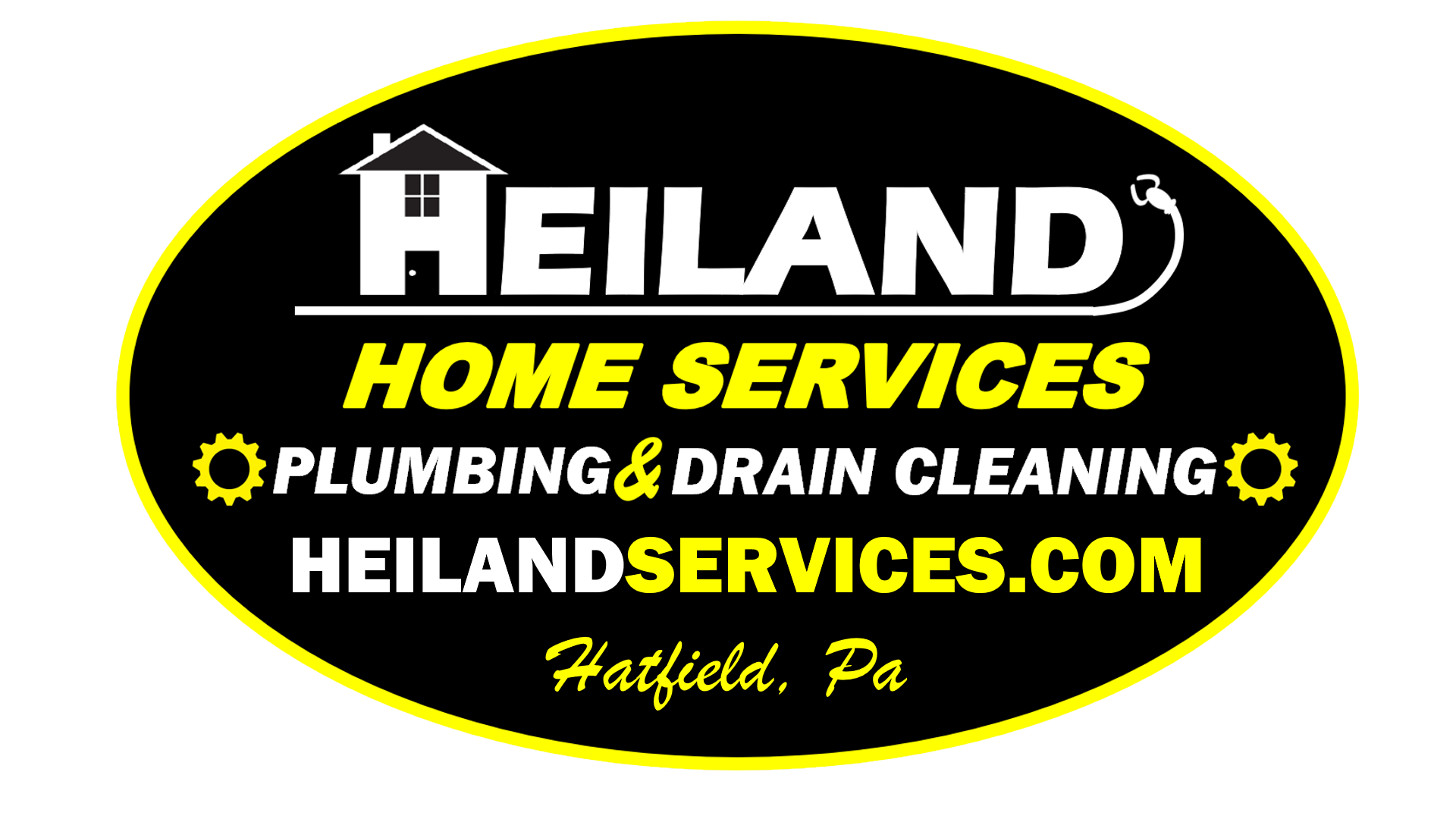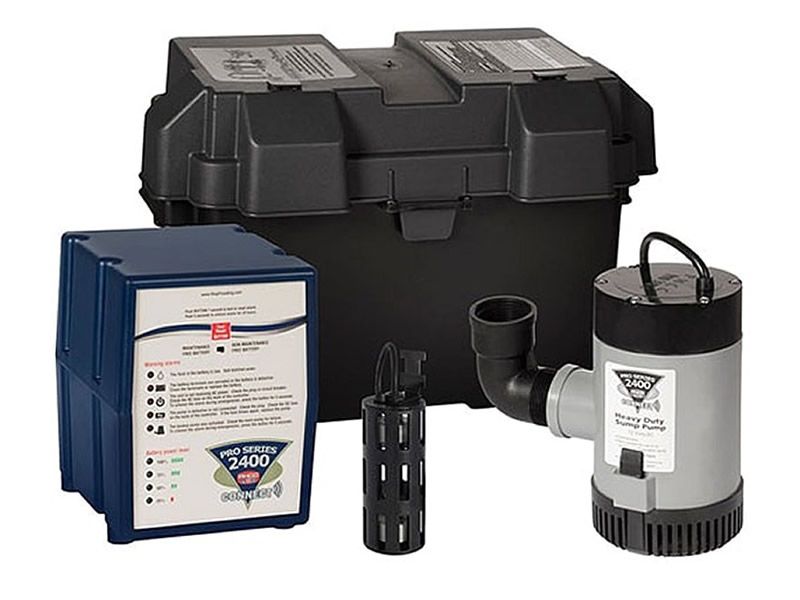With the change in seasons, comes fresh new colors, scents, and weather. With all the things you have to look forward to this fall and winter, don’t let an unexpected basement flood put a damper in your plans!
The impending rain and snow can be as beautiful as they can be destructive, which is why you need to protect your home from flooding with a Sump Pump; so the only thing you have to worry about this holiday season is how many visible tattoos your college-age daughter’s new boyfriend has.
What is a Sump Pump and does my house need one?

A sump pump is a device that is placed in a dug-out basin located in the lowest point of your home, such as a crawl space or basement. The main job of this submersible device is to prevent flooding, in addition to other benefits. Homes with Sump Pumps discourage termites and other infestations, reduce fungus, mold, and mildew growth, they protect any appliances that are in your basement, help you meet the requirements listed on your homeowner’s insurance coverage, and because Sump Pumps sole purpose is to make the environment in the lowest point of your house drier, you can have peace of mind that under any weather conditions year-round, your house will not fall victim to the costly repairs of an unexpected flood.
So, does your house really need a Sump Pump? Obviously, there are many benefits to having one installed, but other things should be considered before making the investment. First, consider the climate you live in. Does your location tend to get heavy rain or snow during a normal year? Does your house, like most homes in the Midwest, have a basement? Have you ever had any flooding in the past? What about your neighbors, have they complained about flooding? Is your home built on a plot that has a poor drainage system?
If you answered “yes” to any of these questions, having a Sump Pump installed will save you potentially thousands of dollars from future flood damage.
How do Sump Pumps Work?
After installation, a Sump Pump mostly sits in “standby” mode, waiting until it needs to be put to good use. When there is a heavy rain or snowstorm and the ground around your home becomes flooded, the excess water begins to move towards the pit that was made for your Sump Pump. When this pit fills with water, the Sump Pump’s float switch is activated which turns on the pump.
The pump then does its job of removing water from the pit into a nearby storm drain which will prevent the water from flooding your basement floor. In short, a Sump Pump keeps water from damaging your home by relocating it off your property completely.

What kinds of Sump Pumps are there?
Before deciding on the Sump Pump, talk to your plumbing professional about the type of pump that will best serve the needs of your home. They will first recommend a Primary Sump Pump, then recommend either a submersible or pedal version. Another option they will help you decide on is if you need a Battery or Water Powered Backup Sump Pump, or a Combination Sump Pump. Having a general idea of what each of these pumps are and what they do will help you and your plumbing professional make the best choice to protect your home.
A Primary Sump Pump is a basic pump that can be found in most homes. Their main purpose is to pump excess water from your basement to prevent floods and can pump thousands of gallons an hour keeping your house safe from flood damage.
Of these basic primary Sump Pumps, there are two types to choose from: submersible (where the entire unit is put underwater) and pedestal (where the base is underwater, but not the motor). When considering which primary Sump Pump is best for you, it is important to know that pedestal pumps are better for small basins, so your plumber will know which one to suggest based on your Sump Pumps particular basin depth.

If your neighborhood tends to be the victim of power outages during storms, your plumbing professional might also suggest a Battery or Water Powered Backup Sump Pump. While this added device may seem to be a frivolous expense, it will give you peace of mind knowing that even if your power goes out or if your pump fails for any reason, your Sump Pump will still be able to do its job of preventing a flood. When deciding whether to go with a Battery or Water Powered Backup pump, here are a few things to consider.
Battery Powered Backup Sump Pumps are simple to understand and have been around longer than water powered pumps. They are usually run by marine deep-cycle batteries and very easy to install. In addition to their simplicity, they have impressive pumping power, such as the Hydropump PH3000 that pumps 3000 gallons per hour! They are also quite versatile and can be used in almost every home. The only real disadvantage of choosing a Battery Powered Sump Pump, is that you will face the same problems as with any other type of battery: run time and life span.
For example, if a power outage lasts for several hours or days, the battery will eventually die if you have no way to recharge it, and even with diligent recharging, the average battery will still need to be replaced every 3-5 years.

If you choose to go with a Water Powered Backup Sump Pump you’ll be happy to learn that they, like their battery powered counterparts, are simple to understand. The water runs through a pipe at high speed which creates suction and then empties the sump basin. Unlike a battery powered pump, these have the potential to run for an unlimited amount of time since they are driven by water pressure and not a battery. This is great news in the event that a prolonged power outage occurs. Another advantage to choosing a water powered pump is that you don’t have to monitor the battery. There is no charging that needs to be done, and no guaranteed replacement in 3-5 years. If you are a landlord, own vacation properties, or simply don’t want to babysit a battery, then a Water Powered Sump Pump would be a great choice.
Of course, there are a few disadvantages that need to be considered before making your final decision. The pumping volume of a water pump tends to be less than that of a battery backup pump and they are a bit more labor intensive to install since they connect directly to your home’s water supply. In addition to this, to qualify for a water powered backup pump, your home cannot rely on a well for its water supply, and your plumbing must meet specific criteria to be compatible with this type of installation.
A Combination Sump Pump combines the primary pump and a battery backup all in one, efficient package. This means that the Sump Pump will protect your home under normal circumstances as well as times when your home experiences a power outage. In addition to this, even if there isn’t a power outage, the backup pump will turn on automatically if the primary pump is having a hard time keeping up with the amount of water draining into the basin.

Is my Sump Pump basin the correct size?
The average basin for a Sump Pump is 30 inches deep and approximately 20 inches across. The average Sump Pump basin insert is 26 gallons and 18 inches diameter, which means that in most cases the basin should be a minimum of 24 by 36 inches. It is common for your plumbing professional to use an ordinary 5-gallon bucket.
Is my Sump Pump operating correctly?
To test your Sump Pump and make sure it is operating correctly, follow these steps:
- 1.Locate the pipe that drains the water from the pump to outside the home and check it for clogs, dirt and other debris and remove any obstructions.
- 2.Inspect the pump itself for clogs, dirt and debris and remove any visible obstructions.
- 3.Locate the two electrical cords (if there is only one cord, skip to number 5) of the Sump Pump and make sure that both cables are unplugged and that only the pump cord is plugged into the outlet. If you hear a humming noise when you turn on the pump, this is a good sign and means that the pump is working!
- 4.Connect the two cords back where they were.
- 5.If you have a single-cord Sump Pump, test it by pouring 20 liters of water slowly in the basin until the float rises. This is when you should notice that the Sump Pump has turned on.
- 6.While the pump is on, pay attention and notice if the water is pumping out of the basin.
TIP 1: To prevent motor damage, do not run the pump more than a few seconds if pouring water into the Sump Pump is not an option.
TIP2: Just call Max at Heiland Home Services before the next storm so that you can have peace of mind with the changing of seasons!


